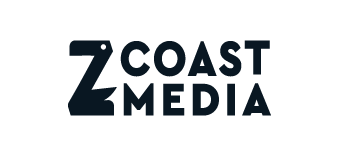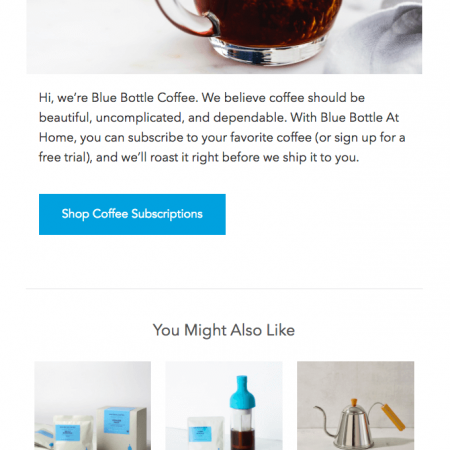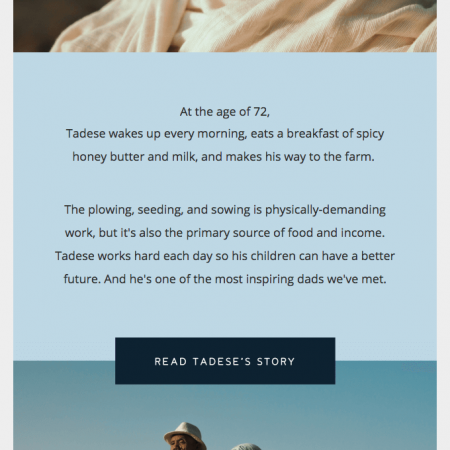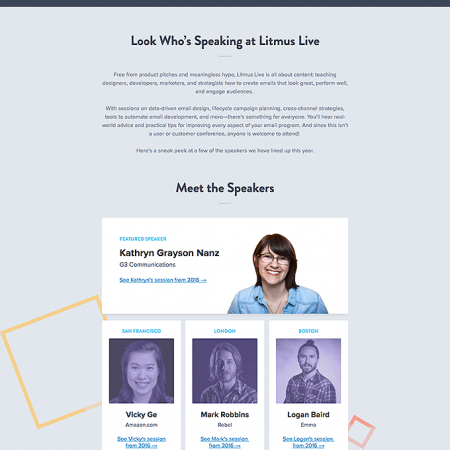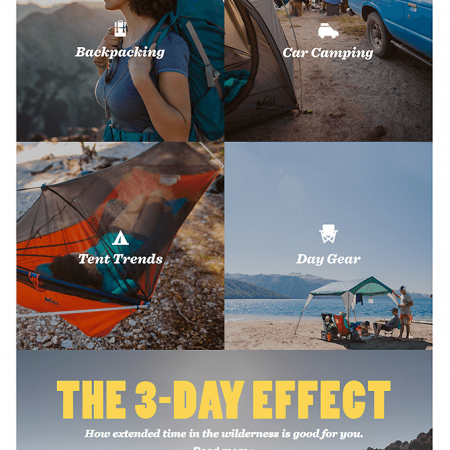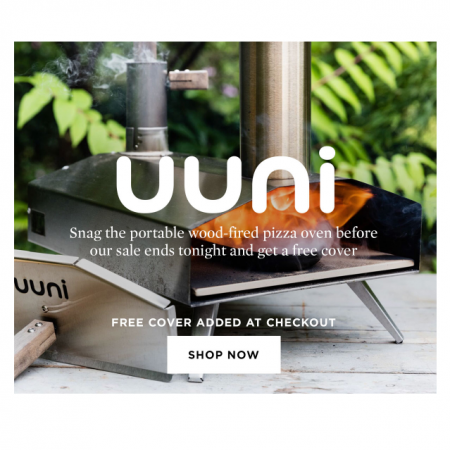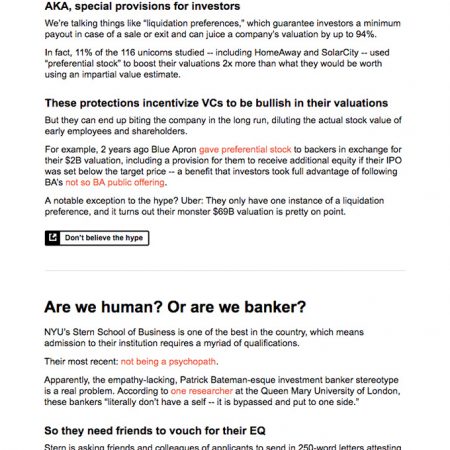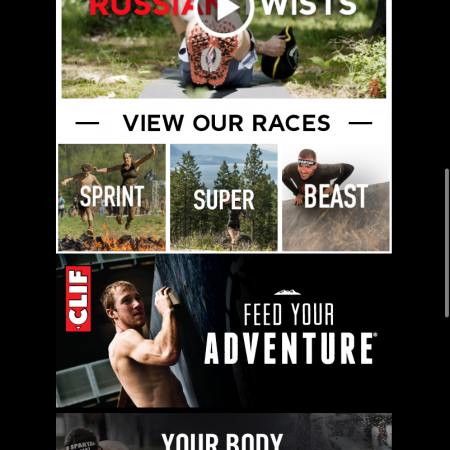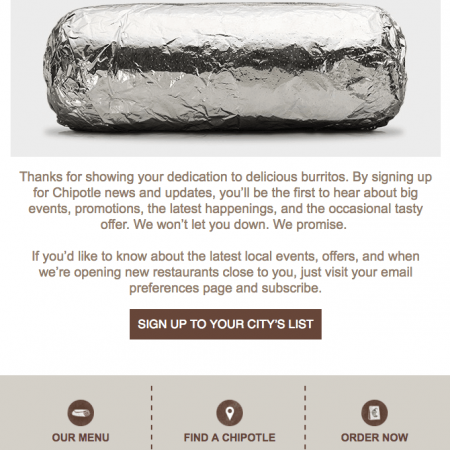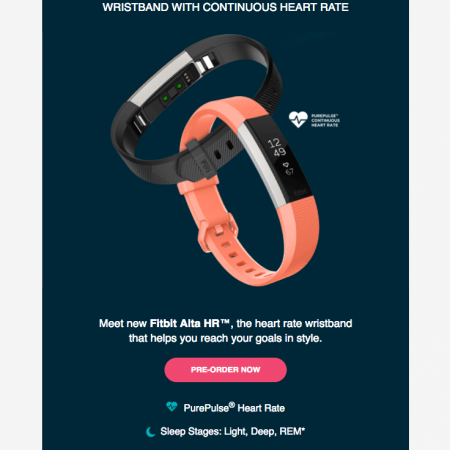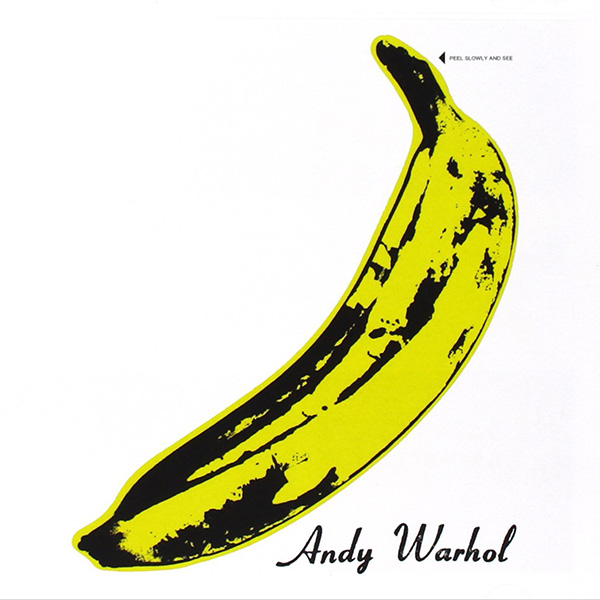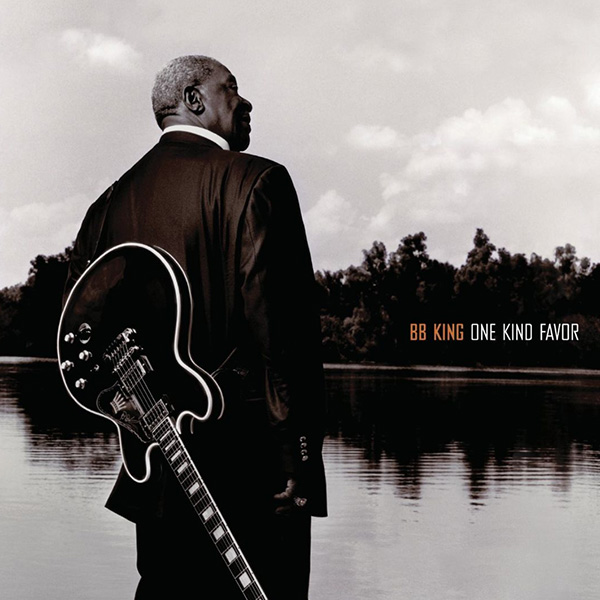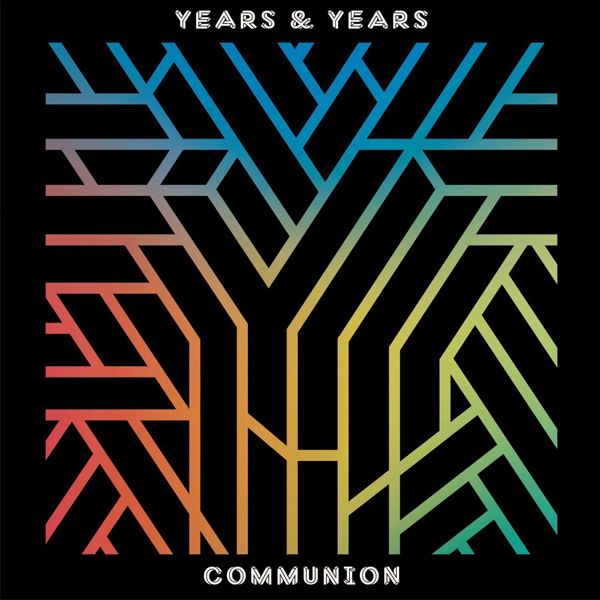What tools do you use for online marketing?
Are you limited by your budget? Stretching it too thin on enterprise level marketing tools?
Guess what: you can take care of all your online marketing needs without spending a dime.
That’s right buddy. You don’t have to spend a penny on your marketing stack, a.k.a all the tools you use to cover your online marketing needs. There are free options available for everything from email to social media to content marketing and beyond.
As entrepreneurs and SMB business owners, we know that it’s no easy feat assembling a 100% free marketing stack. But we know it’s possible because we’ve done it.
There’s a lot of great choices out there—free and paid—but boy are we grateful to all the companies who are so passionate about what they do, they’re willing to help the little guys out too with freebies.
Shout out to y’all ‘cause you rock.

Yo Z Coast, what’s in your marketing stack?
We’re glad you asked! Here’s an overview of our favorite free marketing tools and what you can expect to read more about in this post:
- Facebook Audience Insights
- Buffer
- Pablo
- Google Analytics
- WordPress
- Keyword.io
- Hemingway
- HubSpot Marketing Free
- Open Site Explorer
- Screaming Frog
- Canva
- Answer the Public
- Google Trends
- Simply Measured
- Zoho
- Quora
- Grammarly
- Latest.is
- Website Grader
- MentionMapp
Let’s talk about why these marketing tools are awesome—besides the fact that they’re free.
Facebook Audience Insights
Facebook Audience Insights is an unbelievable tool for doing market research. You can check out specific demographic information about your audience and learn more about them in the process.
Audience Insights also works well as a content research tool. For example, if you’re a local SMB you can type in your service area or location, toggle your advanced options, select “home” and start learning exactly what homeowners in your local area are interested in.
Buffer
Every small business, entrepreneur, marketer, however you label yourself, should have a go-to social media scheduling tool. Buffer is ours. Scheduling out social media posts in advance helps you save bookoos of time.
We use the Forever Free / Individual Plan that allows you to connect a profile from each of the following social networks:
You can even link a Pinterest account if it’s on-brand with your business to have a page there.
Buffer makes it easy for us to stay ahead of the game and connect with our audiences on social media. It’s a must-have in our marketing stack.
Pablo
Speaking of Buffer, they also offer a free image making tool known as Pablo to help add a little spice to your social media. As a free Buffer user you have access to 600,000+ images via Pablo that can make anyone look like a social image pro.
Not everyone is a designer at heart and Buffer knows this. Pablo makes it super easy by providing you with a base image that you can overlay with text, logos, filters, and then download and share.
It’s a nice little time-saver and you don’t need to know the first thing about Photoshop to be good at using it.
Google Analytics
Sometimes it still amazes us that Google just gives us everything we need for free. You too. It’s out there for the taking, just waiting on you. And the best part about using Google Analytics? It pretty much does everything for you.
You can use Google Analytics to:
- Track website traffic
- Track traffic from specific social networks
- Check engaged reading time by page
- View real-time site stats
And that’s just the tip of the iceberg. It can feel a little overwhelming at first given the monstrous amount of information Google Analytics just hands to you for free, but once you learn your way around, the value you gain from the insight it provides is priceless.
Wary of setting up and using Google Analytics for yourself? We can help you with that.
WordPress
Aah, WordPress. You’re the best for hosting websites and you’re also an amazing free option for creating kickass landing pages that convert.
WordPress is an excellent choice for blogging but sometimes it gets overlooked as a resource for creating static pages too—eBook downloads, webinar signups, and so on. Use it! It’s really just as easy as going to Pages from your dashboard and creating the landing page.
Keywordtool.io
We’ve talked about Keywordtool.io on the blog before, here.
It’s definitely worth another mention. Keyword research is essential to every SEO campaign you ever run. With Keywordtool.io you can gather ideas from all kinds of different places that help you figure out what terms you should be targeting.
You don’t get search volume or keyword competitiveness at the free level but if you have a few extra bucks it is an available option. Just saying.
Hemingway App
Clear and simple writing is something all content marketers strive for. Hemingway helps make that possible.
All you have to do for Hemingway to do its thing is paste your copy into the editor. The app then analyzes your text and highlights the dense parts, unnecessary adverbs, and more; telling you what to keep and what you can do without.
Hemingway is a great tool for running blog posts, landing page copy, social media copy and more through for one final edit before posting.
HubSpot Marketing Free
HubSpot Marketing Free works on any website for any small business and it’s really good at helping generate email leads.
In fact, using HubSpot Marketing Free is like looking through a crystal ball and seeing everything a lead does before and after they fill out a form on your site.
It quickly gathers email addresses from your website and provides key data points. This tool will even show you which pages are converting higher than others.
Open Site Explorer
Pop quiz: Name something crucial to establishing your domain authority.
If you answered understanding your link profile in addition to your competitors, you passed. That’s where Open Site Explorer comes in. Use this freebie to find all the sites linking to you and your competitors and get the upper hand.
Screaming Frog
We’re sure you’ve heard of Screaming Frog before. That’s because they’re the go-to crawl tool for basically everybody. They have a paid version of their tool but the free version is often more than enough to suffice for SMBs.
With Screaming Frog’s free tool you can crawl up to 500 pages for free and:
- Find broken links, errors, and redirects
- Analyze page titles and metadata
- Review meta robots and directives
- Audit hreflang attributes
- Discover duplicate pages
- Generate XML sitemaps
Canva
Canva is another cool freebie for creating images but it’s useful for more than just social media images. In fact, there are over 2 million people out there who trust Canva to help them create awesome images for blog posts, banner images, infographics and much more.
A free Canva account comes with optimized image sizes and templates that make it easy to create the perfect image for whatever platform you’re posting to.
Answer the Public
Answer the Public is a visual keyword research tool we mentioned in the same post as Keywordtool.io. So why mention it again, here, in a post about free online marketing tools?
Because we’re sharing our marketing stack with you and it’s an integral part of our own content strategy. We use Answer the Public a lot. It helps us determine what topics and questions we want to rank for around our primary keywords.
You should do this too. When Google looks at which websites have the best information about a topic, you’re more likely to rank. Following this strategy, you’re also more likely to convert visitors because you’re answering the questions they have.
Google Trends
Did you know that you can take a peek into what the world is searching for? For free? You can with Google Trends. You can also see how interests have shifted over time regarding certain topics. Heck, you can even look at how a common interest has shifted over time in different places all over the world.
For example, “growth hacking” and “artificial intelligence” are terms that we’ve been hearing a lot about lately. You probably have too. Put those terms into Google Trends and you can see for yourself if there’s been a sudden interest spike in either.
Simply Measured
Among the many free tools and reports you can grab from Simply Measured, here are some of our favorites:
- Facebook Content Analysis
- Facebook Competitive Analysis
- Facebook Insights Report
- Instagram User Report
- Traffic Source Report
- Twitter Follower Report
- Google + Page Report
Disclaimer: All of these reports are free to run, but Simply Measured will ask for a Twitter follow or FB mention in exchange for the reports they give you. Totally worth it.
Zoho
Have we mentioned that you can run your entire business with Zoho for free?
Oh, well, now you know! Zoho is the bomb and our favorite CRM out of any other free or paid option out there. Zoho Free is available for up to 10 users and loaded with features and information, as the very best CRMs should be.
Zoho Free features a responsive dashboard and refreshing UX that includes sales, email marketing, reporting, and customer service all in one modern, intuitive package.
Recommended reading: Business Daily, Zoho CRM Review
Quora
More and more marketers are starting to use Quora and we’re big advocates of this trend. It’s useful for researching topics, digging into emerging trends, and starting conversations with your audience.
Quora comes in handy while doing market research, content research, and monitoring buzz and concerns among your target audience.
Grammarly
Grammarly is a nifty little Chrome extension that checks your spelling and grammar. It’s nice to have around as it can help prevent any social media or blog post mishaps before publishing.
Highly recommend you keep this one in your back pocket at all times. You know, just in case.
Latest.is
Latest.is is not breaking news.
Nor is it trending hashtags.
It is simply an automatically generated list of the best links being shared on Twitter. The list is sourced via an algorithm that focuses on people who “always tweet the best links first.”
However, we’re never told who these people are. By taking advantage of the links you can find via Latest.is, you can generate a little extra buzz and engagement on your own business Twitter account.
Just remember to double check where the link goes and make sure it’s a topic that’s relative to your audience; if you run a clothing store and start sending out a bunch of tweets about understanding V8 (Google’s open source JavaScript engine) it doesn’t matter how trendy it is at the moment, it’s probably going to cost you followers, because it has nothing to do with them or your industry.
Website Grader
Website Grader is another freebie from HubSpot that gives you the overall performance score and grade of your website.
Factors that determine the grade of your website include:
- Mobile responsiveness
- SEO
- Speed
- Security
If you’re lacking in any of these areas, Website Grader will offer up some tips on how to improve. This is a good tool for your own website and it can also be useful when wrapping up web design projects with clients.
MentionMapp
MentionMapp is a phenomenal tool. It shows you how Twitter users are connected with each other and maps out all your connections in an easy to explore visual format.
MentionMapp delivers unbeatable insight into people, places, events, and conversations that you shouldn’t miss out on. It’s great for unveiling opportunities and connections for your SMB.
Got some favorite topics, industry influencers, or thought leaders you want to keep up within one easy place? Download Flipboard.
Flipboard is like your own personal magazine that makes it easy to organize all of your interests. Read stories. Collect stories. Share stories. That’s what we do anyway. Flipboard is great for sourcing curated content and gathering inspiration.

Your Turn: What are your favorite free online marketing tools?
What are some freebie tools you’d add to this list?
See any you haven’t tried before?
We’d love to chat with you about what free marketing tools you find most helpful and if you plan on trying any from our own marketing stack. Don’t be shy about sharing your thoughts in the comments.
Rather chat in the privacy of your own inbox? You can shoot us a message if you like.
